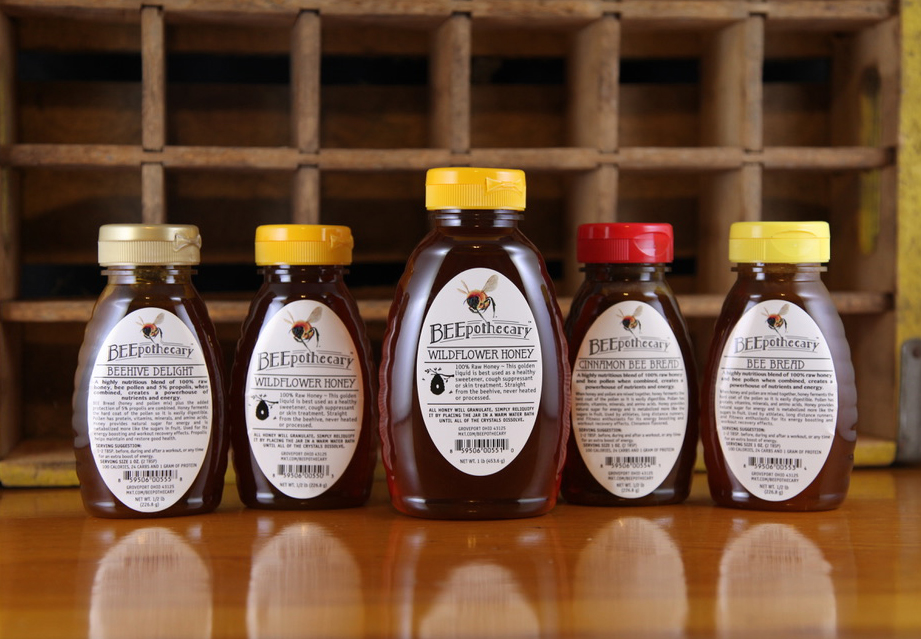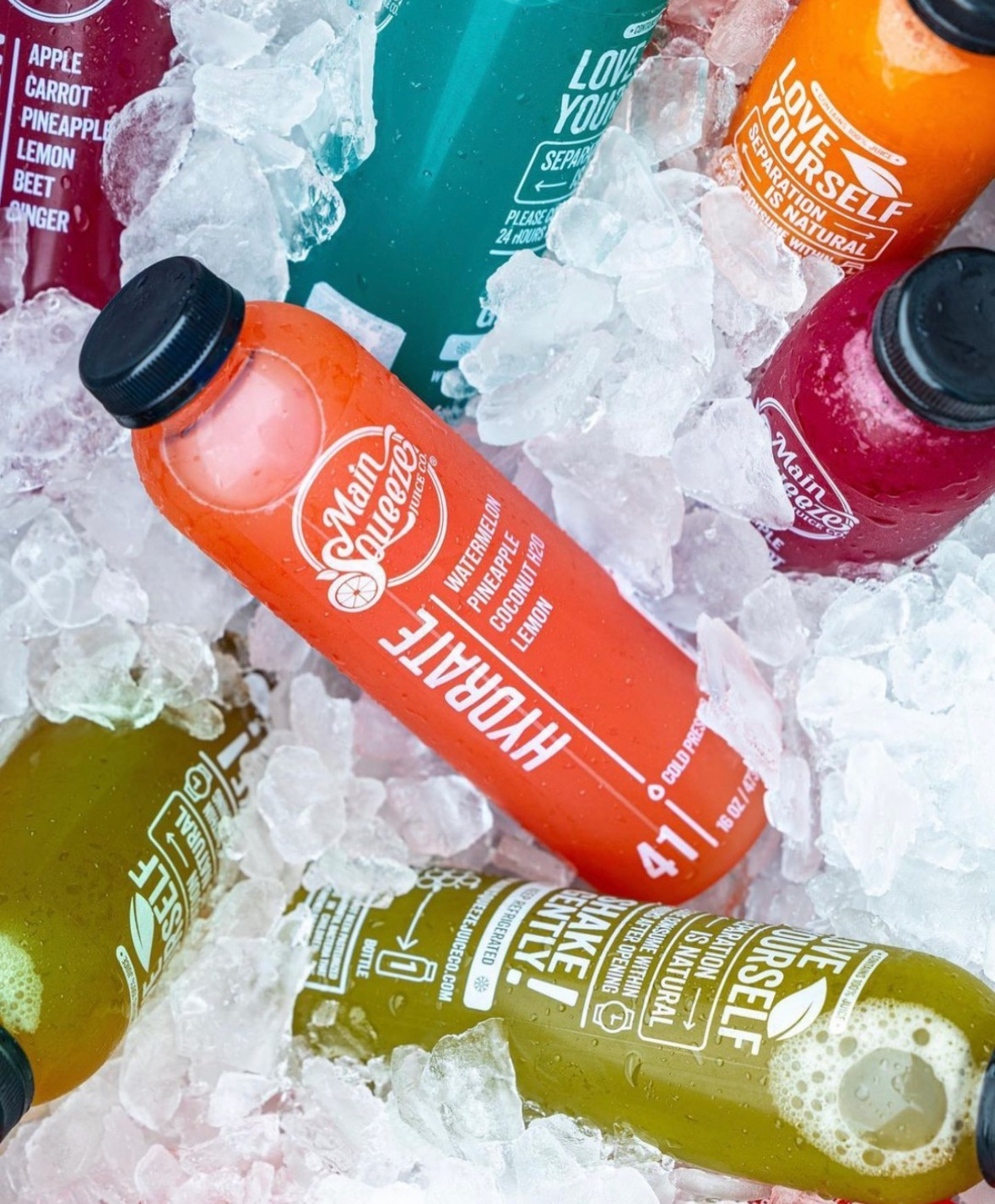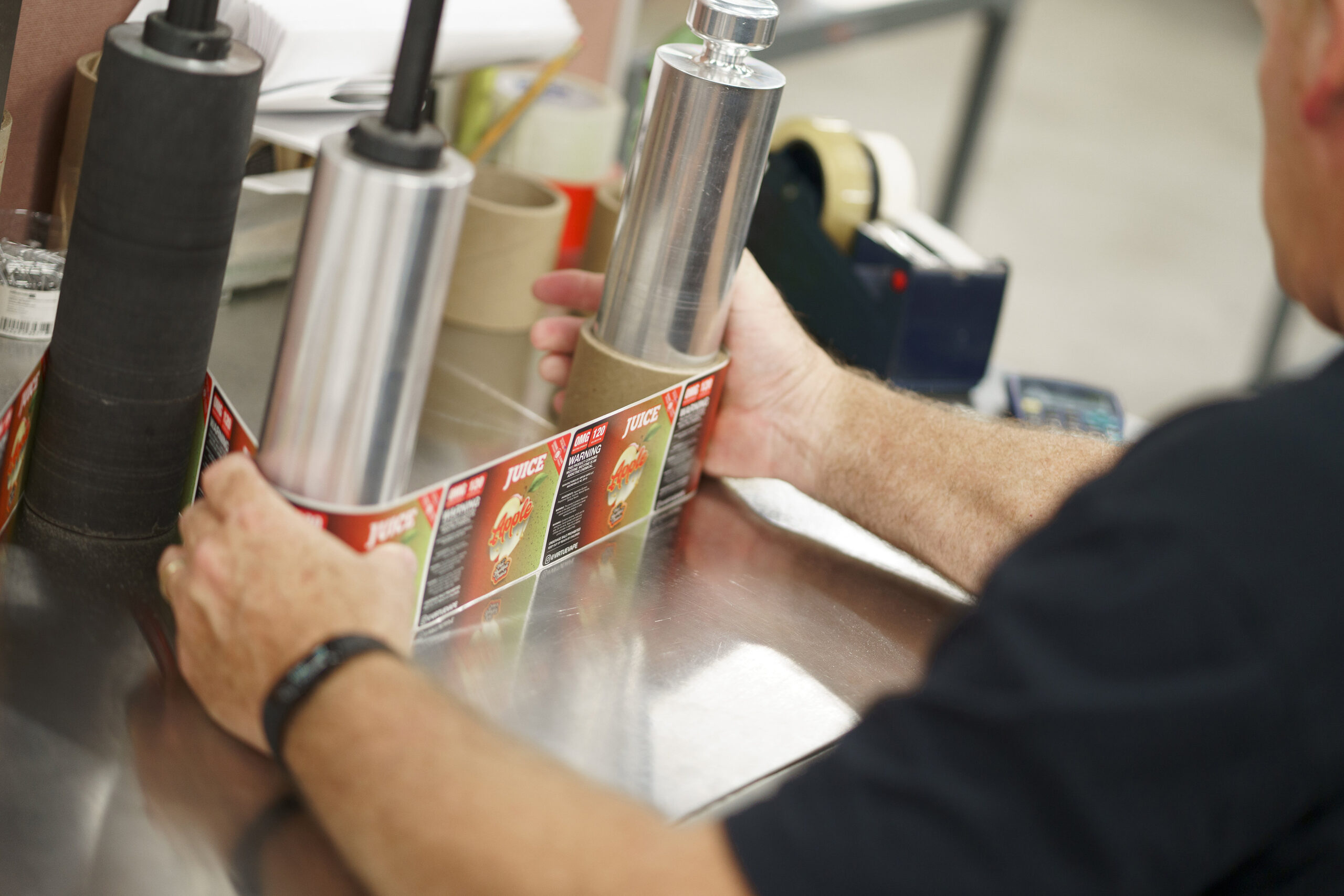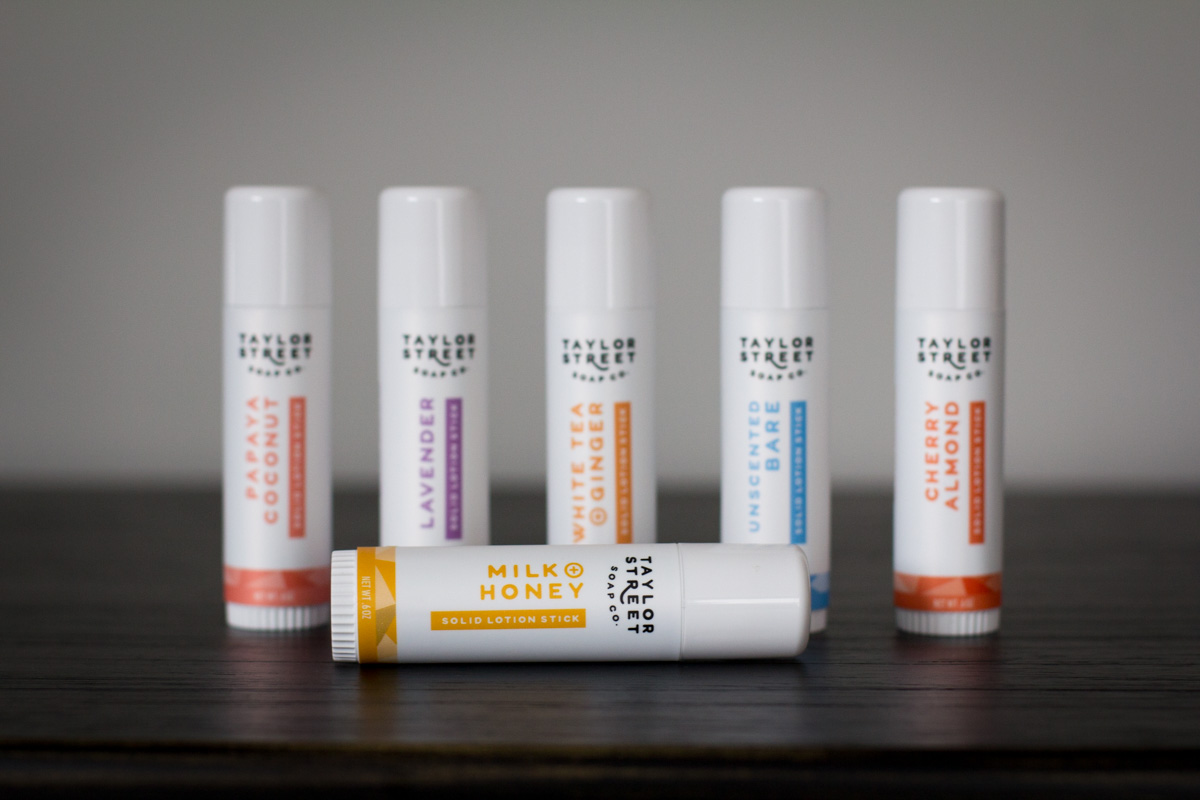Can Paper Labels Be Used on Plastic Containers?
- Labels
- materials
Considering paper labels for products in plastic bottles or jars? They can work, but only if you match the right materials to the right conditions.
Here’s what to keep in mind to make sure your labels stay put:
What to Consider

1. Plastic Surfaces: Material, Shape and Texture
Plastic containers are usually smooth and non-porous. That means plain uncoated paper struggles to stick reliably. You need coated, flexible paper plus adhesives designed for plastics like polyethylene (HDPE) or polypropylene (PP).
Note: You can see some of our coated paper options on our Materials page.
If your containers are curved, tapered, or squeezable, you’re likely better off with another material altogether, like MDO for squeezable containers or shrink sleeves for curved or tapered containers.
2. Product Environments and Label Performance
Your labels go through more than just the environment at application. Think about:
- Application line – cold sensors or fast application speeds can impact adhesive bond
- Warehousing – humid or cold storage may weaken paper labels or cause curling
- Shipping/handling – scratching or abrasion can happen from friction in boxing, stacking, or retail displays
- End-user use – exposure to moisture, oils, refrigeration, or grease can smudge, smear, or damage labels
Coated paper offers improved moisture resistance, but it’s not waterproof.
If your packaging is exposed to refrigeration or wet conditions, you’ll definitely need to use a laminate or UV coating for protection. For products like this, we often recommend tougher label materials like BOPP for these types of environments.

3. Design & Finishing Options That Work on Paper
Paper labels do offer premium print performance and support embellishments like spot UV, matte or gloss lamination, hot‑foil stamping, screen printing, and embossing.
Spot UV works well on coated paper and adds contrast or glossy accents, perfect for brand names or logos. It also gives scratch resistance when used selectively.
Finishes like foil or embossing can elevate the look of paper labels, but in high-friction or moisture-heavy environments, you’ll want to protect those surfaces with lamination or varnish to maintain shelf appeal and label integrity.
4. Regulatory and Compliance Considerations
If your product falls into food, beverage, cosmetic, or health categories (even if the label doesn’t directly touch the product) you’ll need materials that meet FDA guidelines for indirect food contact.
That means the paper, adhesive, and inks must all be safe to use under FDA rules like this one for adhesives and this one for paper coatings. We can help you sort through the right choices.
5. Sustainability & Recycling Impacts
Paper labels can interfere with plastic recycling, especially with PET bottles.
During recycling, bottles are washed to remove labels. If leftover paper fibers mix into the recycled plastic, they can mess with the clarity or consistency of rPET.
The Association of Plastic Recyclers (APR) recommends keeping label coverage under 60–70% and avoiding metallic inks or foils that complicate sorting.
Paper labels are often easier to remove than film labels, which can help with container reuse or composting. If recyclability is a priority, film labels made from the same type of plastic as your container (like polypropylene on polypropylene) can be a better match.
6. How to Match Adhesive, Facestock & Container Type
Matching your coated paper label to the correct adhesive makes all the difference. Here’s a general starting point:
| Container Plastic | Suggested Paper + Adhesive Pairing |
| Polypropylene (PP) or HDPE | Coated paper + high‑tack adhesive designed for low-energy surfaces |
| PET | Standard coated paper + acrylic adhesive |
| Curved or squeeze bottle | Shrink sleeves for curved containers or MDO for squeeze bottles (no, they’re not paper, but they’re better options) |
Final Thoughts
Paper labels can be an option for plastic containers as long as you know where they work and where they might fall short (or fall off). With the right materials and adhesives, they can hold strong and look great doing it.
Not sure which label material makes sense for your bottles? Contact us and we’ll walk you through it.




